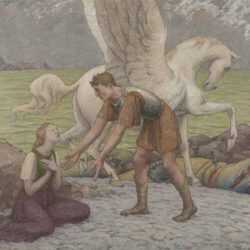Filter by Type
Filter by Category
Filter by Size
Filter by Year
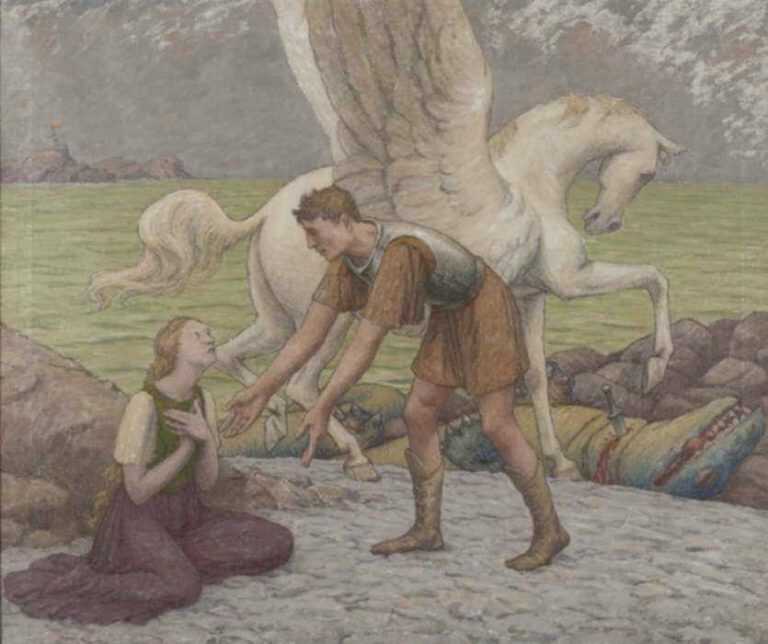
Bryson Burroughs
American (1869-1934)
Bryson Burroughs was born in 1869 in the Boston suburb of Hyde Park. While still young, he moved to Cincinnati, Ohio where he later took art classes at the Cincinnati Museum. In 1889, Burroughs moved to New York City and enrolled in the Art Students League where he studied under Kenyon Cox and H. Siddons Mowbray. After receiving a Chanler Scholarship in 1890, the artist spent the next five years in Europe where he studied at the Académie Julian and traveled extensively through France, England and Italy. While in Paris, Burroughs was greatly influenced by the artist Puvis de Chavannes, renowned for his murals in the Boston Public Library. There is a tremendous similarity between the works of these two artists; "...what [Burroughs] emulated in Puvis' style was an overall simplification of the painted surface, a reduction of modeling to eliminate chiaroscuro, an emphasis on linear outline to delineate major passages, a palette of lighter tonality, and a preference for emotionally subdued subjects based on religion and mythology"(Douglas Dreishpoon). In 1906, Burroughs became Assistant Curator of Paintings under Roger Fry at the Metropolitan Museum of Art, serving as chief curator from 1909-1934. Of Burroughs performance in this position, the art critic Forbes Watson commented that "...the Metropolitan Museum has had the greatest good fortune to enjoy the services of the most broadminded, intuitive, sagacious, and informed curator of his day". Freed from economic restraint, Burroughs continued to paint classical works infused with contemporary wit and relevance. This "classicism" (an obsession with narrative content, traditional pictorial perspective, and figuration) was adapted by successive generations of American painters, which included Kenneth Hayes Miller, Thomas Hart Benton, Reginald Marsh (his one-time son in law), Molly Luce (his daughter in law), Alexander Brook, Eugene Speicher, and Leon Kroll. Burroughs exhibited at the Pan-American Exposition, Buffalo, 1901 (medal); Worcester, Massachusetts, 1904 (prize); St. Louis Exposition, 1904, (medal) and was an Associate Member of the National Academy. His paintings can be found in many fine museums including the British Museum, the Metropolitan Museum of Art and the Art Institute of Chicago.

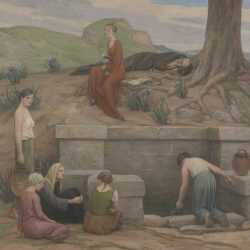
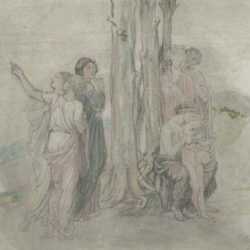
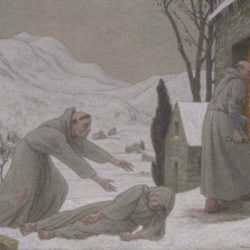

![Painting by Bryson Burroughs: [Hill with Boulders, Colorado], represented by Childs Gallery](https://childsgallery.com/wp-content/uploads/bryson_burroughs__hill_with_boulders__colorado__cgl29216-031f_childs_gallery-250x250.jpg)
![Painting by Bryson Burroughs: [Colorado Valley], represented by Childs Gallery](https://childsgallery.com/wp-content/uploads/bryson_burroughs__colorado_valley__cgl29216-059f_childs_gallery-250x250.jpg)
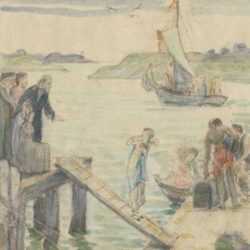
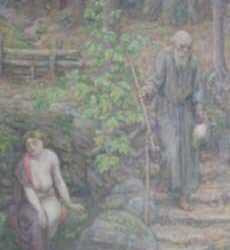
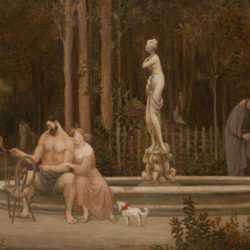
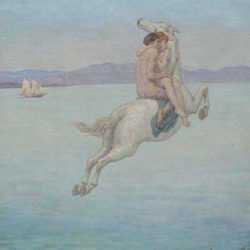
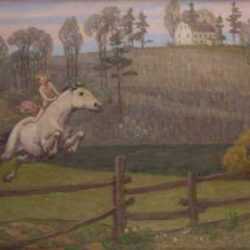
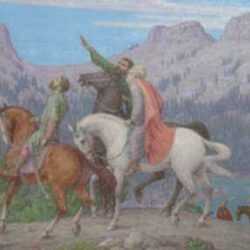
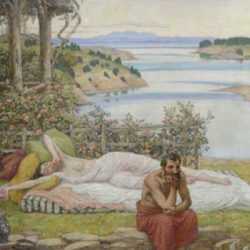
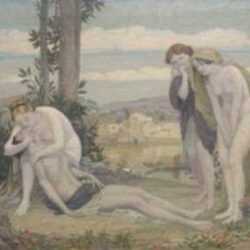
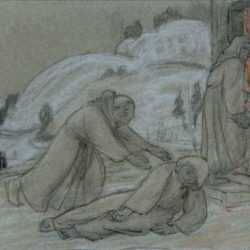
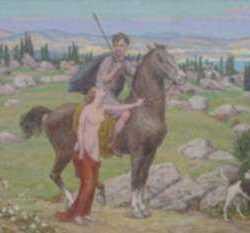
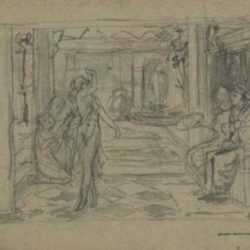
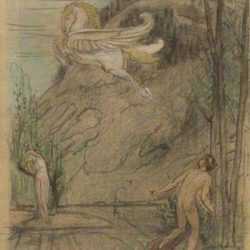

![Drawing by Bryson Burroughs: [Seated Nude], represented by Childs Gallery](https://childsgallery.com/wp-content/uploads/bryson_burroughs__seated_nude__cgl29216-138_childs_gallery-250x250.jpg)
![Drawing by Bryson Burroughs: [Nudes Bathing in a River], represented by Childs Gallery](https://childsgallery.com/wp-content/uploads/bryson_burroughs__nudes_bathing_in_a_river__cgl29216-207_childs_gallery-250x250.jpg)


![Drawing by Bryson Burroughs: [Nude with Raised Arms, Academic Study], represented by Childs Gallery](https://childsgallery.com/wp-content/uploads/bryson_burroughs__nude_with_raised_arms__academ_cgl29216-327_childs_gallery-250x250.jpg)
![Drawing by Bryson Burroughs: [Nude Male Figure], represented by Childs Gallery](https://childsgallery.com/wp-content/uploads/bryson_burroughs__nude_male_figure__cgl29216-445_childs_gallery-250x250.jpg)
![Drawing by Bryson Burroughs: [Pink Flowers], represented by Childs Gallery](https://childsgallery.com/wp-content/uploads/bryson_burroughs__pink_flowers__cgl29216-496_childs_gallery-250x250.jpg)
![Watercolor by Bryson Burroughs: [Hibiscus Flowers], represented by Childs Gallery](https://childsgallery.com/wp-content/uploads/bryson_burroughs__hibiscus_flowers__cgl29216-502_childs_gallery-250x250.jpg)
